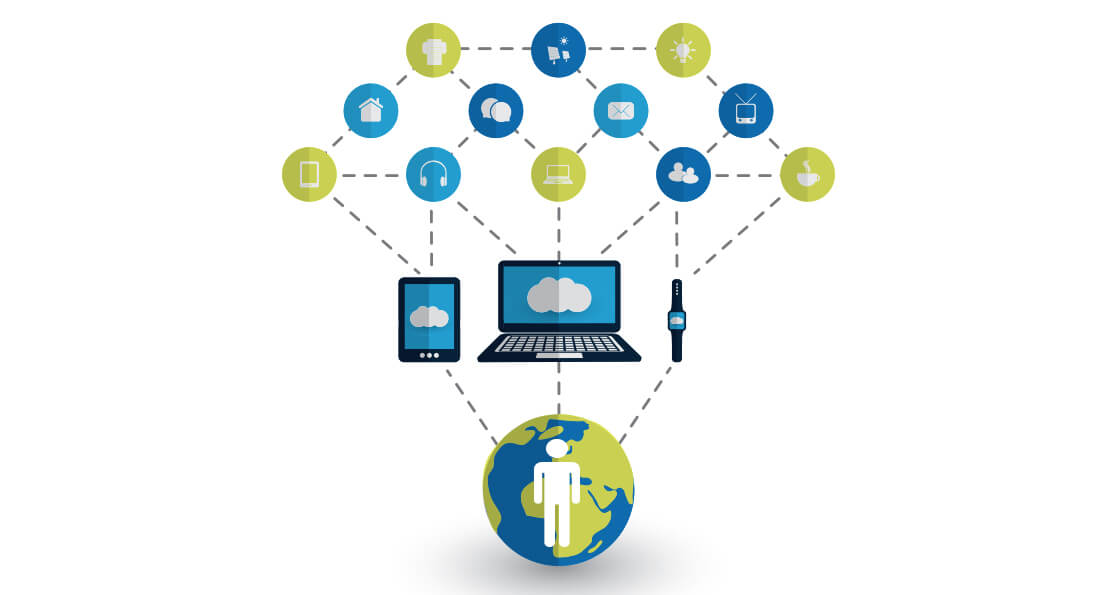The Internet of Things (IoT) have come a long way since ATMs, one of the first connected objects to go online back in 1974. More than three decades later, IoT continues to dominate the landscape as economies move towards a hyper-connected reality. Smart devices are now taking the wheel—literally, in the case of Singapore's self-driving taxis.

For digitally ambitious enterprises, the true value of IoT lies in enhanced business efficiency, higher profitability, and purposeful innovation. This rings especially true in Asia Pacific, a region IDC envisions to be the frontline of IoT come 2020. Companies are increasingly looking to capitalize on this opportunity, as a recent global IoT study by Aruba, a Hewlett Packard Enterprise company, titled The Internet of Things: Today and Tomorrow found that 50 percent of organizations in Asia Pacific have enjoyed significant gains in business efficiency and innovation, while a healthy 74 percent cited experiencing some form of an increase in profitability. For instance, construction equipment manufacturer JCB India enjoyed high operational availability after it connected more than 10,000 equipment and machines.
It is for these reasons we are seeing more and more organizations across healthcare, retail, education and industrial sectors in Asia Pacific adopting IoT infrastructure for a multitude of applications, be it patient monitoring, customer insights or IP-based surveillance. And the numbers reflect this enthusiasm for IoT: 60 percent of organizations in this region already have IoT in place while 26 percent are expecting to roll out in the next 24 months.
However, the level of preparedness for enterprises in Asia Pacific is an adversity when it comes to advancing a comprehensive IoT vision. Only one in every four business leaders expressed full confidence in their organization's capabilities to do so, hinting that companies in the region are not yet equipped to capture the full potential of IoT.
Asia Pacific's digital adoption is growing rapidly, and companies need to scale their business strategies to cope with the technological advancements and digital demands. Here are three key considerations to keep in mind when planning for your organization's IoT deployment to maximize IoT investment and deliver enhanced performance capabilities to meet customer needs.
- Robust storage to cope with volume and velocity of IoT data
According to British technology pioneer Kevin Ashton, IoT is the ability to capture and effectively use data. Although nearly all organizations in the region claimed to be able to analyze IoT data, the same majority faced challenges in creating value from it. More than half struggled to manage the massive volume of data IoT generates, while 44% found difficulties ingesting data coming from multiple disparate devices.
It is important to realize that legacy storage systems are increasingly irrelevant in today's IoT environment, and scaling it to match the volume and velocity of IoT data is becoming every IT manager's nightmare. As such, organizations need to assess if their existing storage infrastructure has the capacity to store the massive amount of data as well as the capability to efficiently combine and analyze data from different sources.
- Intelligent edge architecture for scalable IoT - More than half of organizations in Asia Pacific have cited costs of implementation and maintenance as key barriers that prevent them from creating new business values through IoT, and understandably so. Many companies that relied on a centralized cloud-based business model for IoT only realized its hefty price tag later on when they experienced years of expense without revenue. Here is where edge computing comes in. Moving the computing power to the network location will help slash costs related to data management and operations while delivering the low latency, proximity, and high bandwidth perfect for time-sensitive and data-intensive applications. Intelligent edge takes it a step further by allowing systems to make operational decisions at the collection point. This will ultimately allow organizations to scale according to their needs and accelerate their IoT initiatives in a cost-effective manner.
- Holistic security strategy spanning the entire IoT ecosystem - With 88% of businesses in Asia Pacific suffered at least one IoT-related breach, the highest in the world, security is undoubtedly the biggest challenge for IoT. Consider an IoT ecosystem with 10,000 devices and sensors. That is 10,000 additional points of vulnerability you need to worry about it. Putting processing power to the edge of networks may offer some protection for an enterprise's IoT ecosystem but that is not enough, especially with malicious attackers waiting to jump at the first sight of a security loophole.
Organizations should have a holistic approach to security, one built on a robust network access control and policy management that secures both network and the thousands of devices while simplifying security operations. Having complete device visibility in your networks also goes a long way to helping you efficiently pinpoint any existing vulnerability and predict potential breaches.
It is exciting times ahead as IoT makes headway in Asia Pacific. When enterprises are able to extract the full value of IoT, it is then we begin imagining the limitless possibilities in how it is transforming the way we work. Meanwhile, at Aruba, we continue working with partners and organizations to help accelerate their IoT adoption and empower them to innovate at the speed of mobile and IoT.
Visit here to learn how Aruba is driving the IoT vision.




